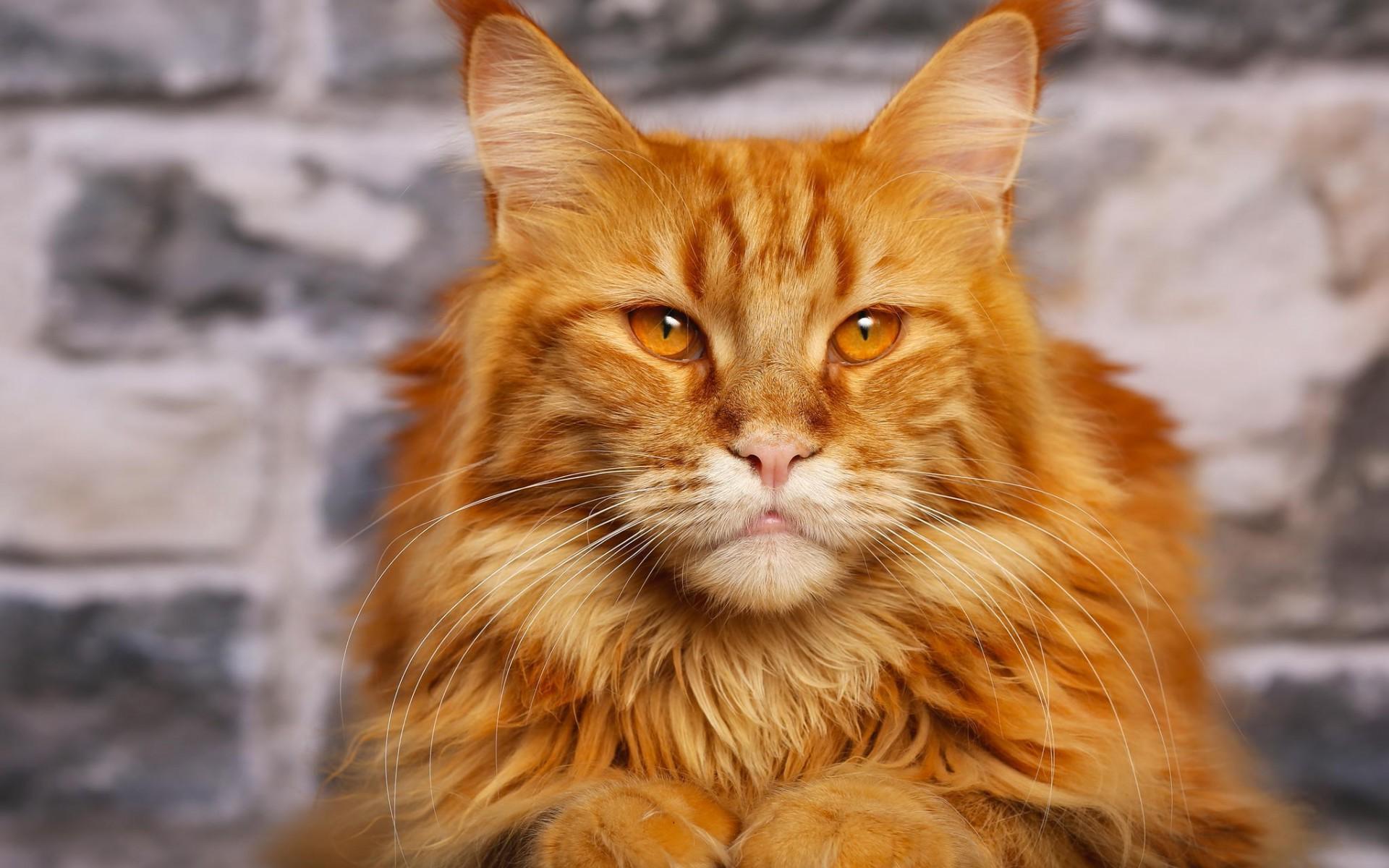
The Norwegian forest cat comes in almost every color and pattern, including orange, except for color point and the dilute colors chocolate and lilac. The Norwegian forest cat is a large heavy boned cat with a long, double coat. The long coat is adapted to keep these cats warm in the freezing Northern Hemisphere winters.

The Norwegian forest cat is a large cat that originated in Northern Europe. They are known as skilled hunters and are often used to help eradicate rodent problems.

They all have a thick, double-layered coat. Additionally, they have elongated hind legs and a rounded head. Their prominent feature is a short stub of a tail or being tailless. Manx, or Manks, originated on the Isle of Man. View American Curl breed profile and images. However, their ear cartilage could be easily damaged if not handled carefully. The American Curl is not prone to any particular health issues. Females end up between five to eight pounds. Males end up between seven to ten pounds. They don’t reach maturity until two to three years of age. Show cats must have ears that curl between 90 to 180 degrees. American Curl kittens are born with straight ears but start curling after forty-eight hours. This is the result of a spontaneous mutation in California. The most distinctive trait is their unusual ears, which curl back from the face. let’s have a look! Popular orange (ginger) cat breeds 1. This article is a comprehensive review of the most popular orange cat breeds, along with a quick review of stunning orange coat patterns found in cats such as Calico cats or Tortoiseshell cats. Perhaps this is due to Garfield, the popular orange cat cartoon character (more on Garfield later in this article!).

There are anecdotal studies showing that cat owners view orange (ginger) cats as more friendly: a survey run by UC Davis found people were more likely to assign positive personality traits to orange cats. Although you can’t judge a cat by color alone, the study found out that orange cats and bi-colored cats were perceived as more friendly (On the other end, black cats, white cats and tri-colored cats were considered more likely to be antisocial).


 0 kommentar(er)
0 kommentar(er)
